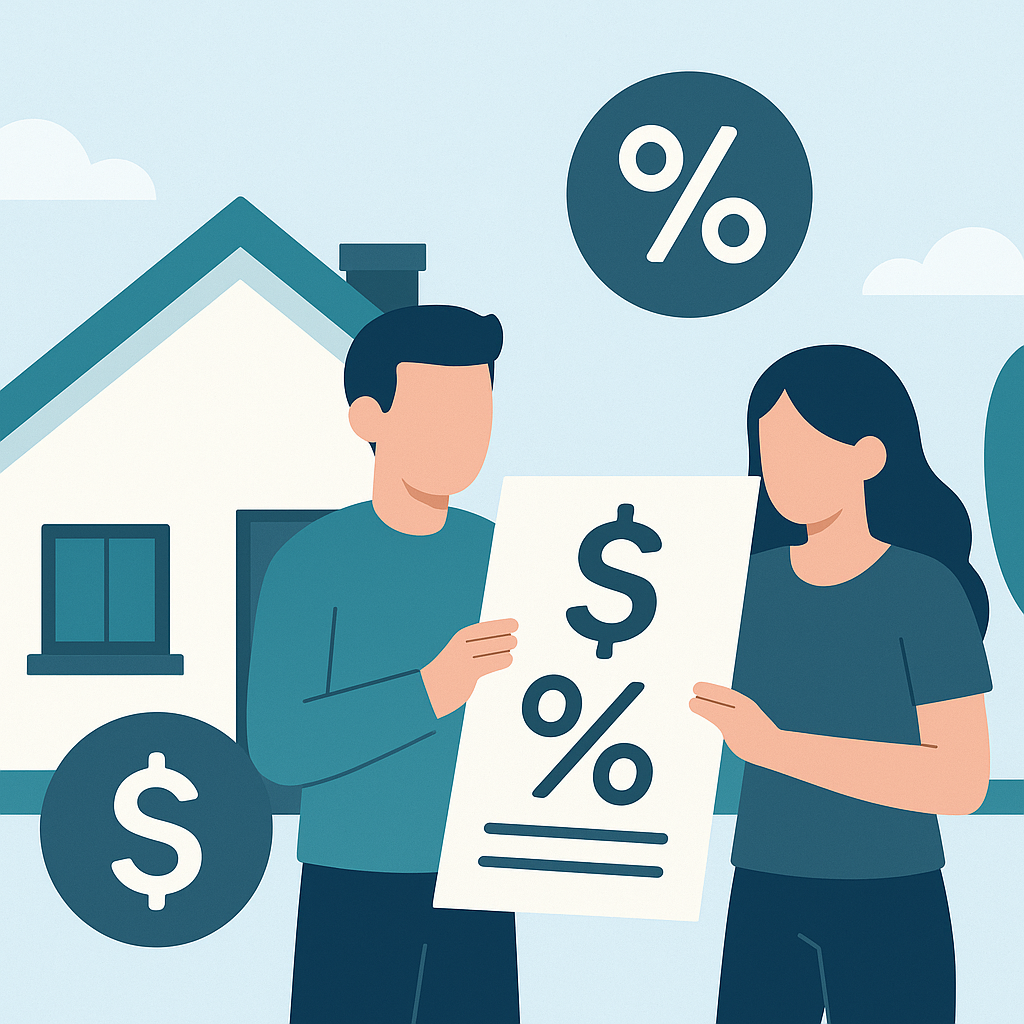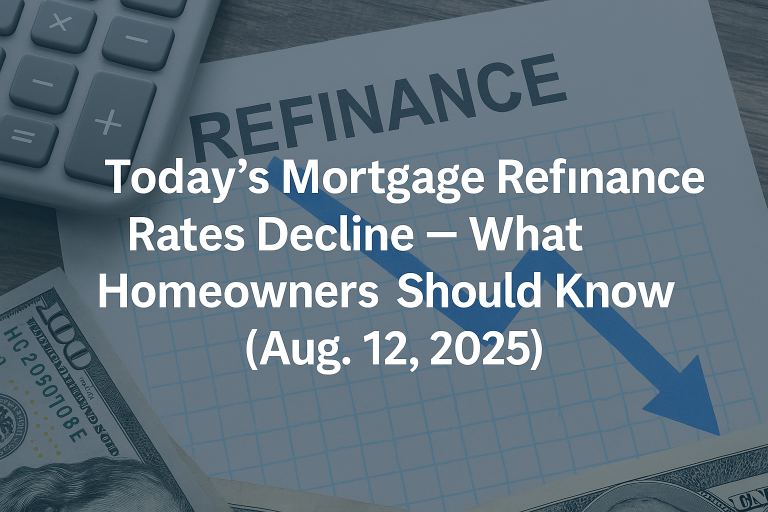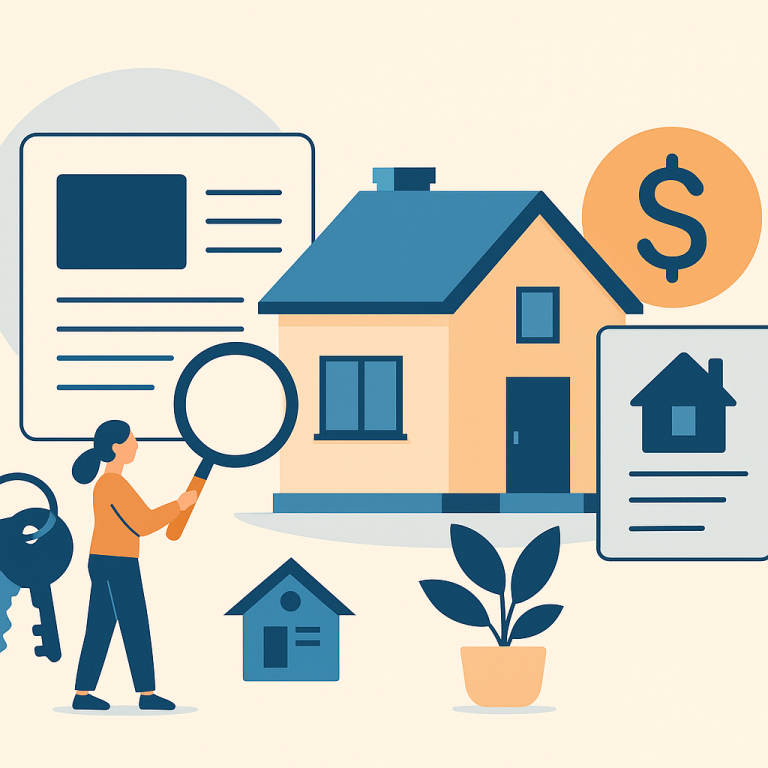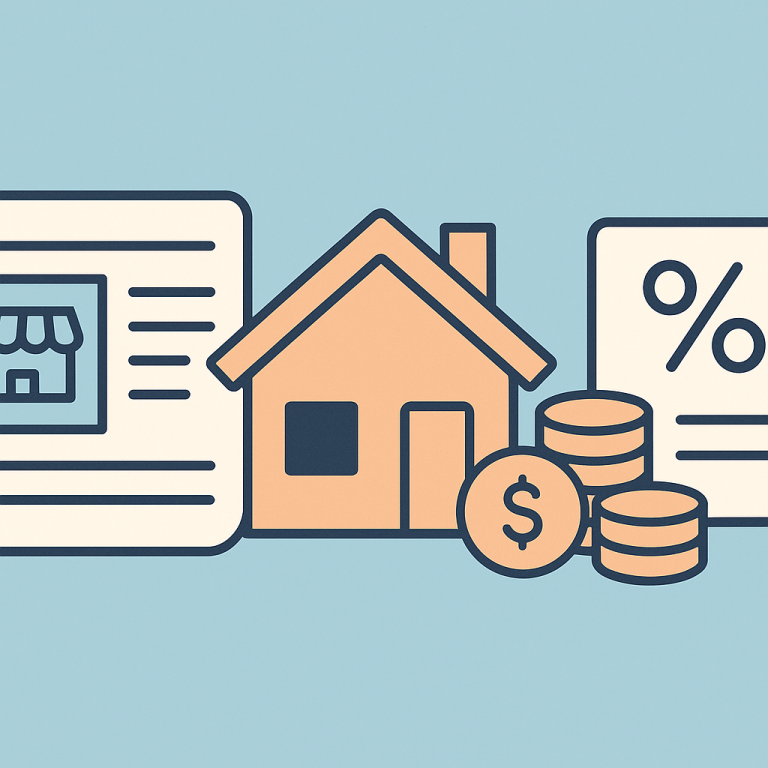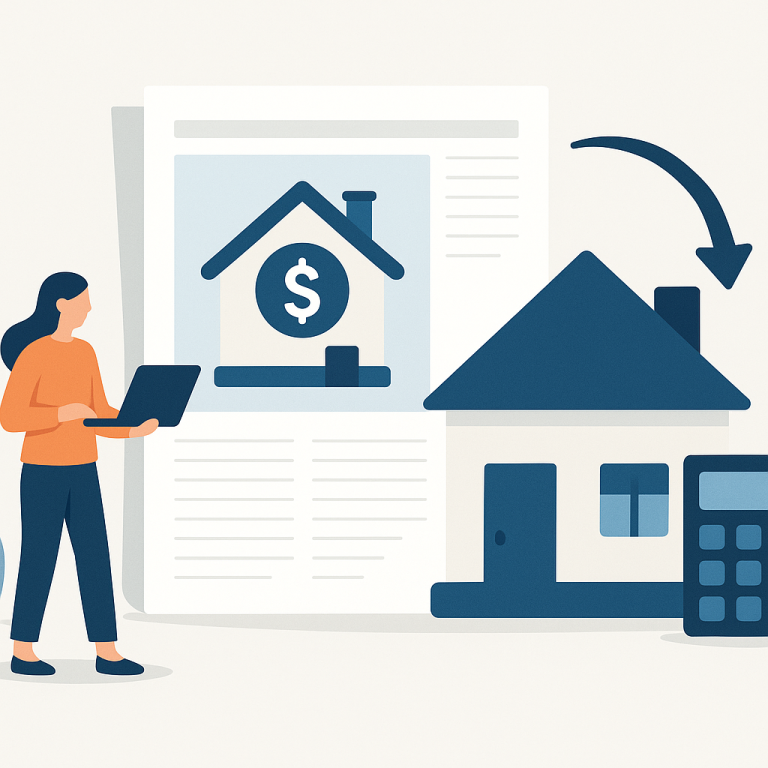Refinance guide refinance closing costs breakdown and how to lower them
Refinance closing costs: what they are and when refinancing makes sense
When you refinance a mortgage you replace your existing loan with a new one. Closing costs are the fees and charges you pay to originate and finalize the new loan. Typical reasons homeowners refinance include lowering the interest rate, shortening the loan term, switching between adjustable and fixed rates, or taking cash out of home equity.
Refinancing generally makes sense when the long‑term savings exceed the closing costs and other tradeoffs. A common rule of thumb is to proceed if you can reduce your interest rate by about 0.5%–1.0% or if your break‑even period (closing costs divided by monthly savings) fits your time horizon (e.g., you’ll stay in the home beyond the break‑even point).
Closing costs breakdown (typical items and rough ranges)
Amounts vary by lender, loan type, state and loan size. Typical cost components include:
- Loan origination fee: 0.5%–1.5% of loan amount or $500–$2,500 (covers lender underwriting/administration).
- Appraisal: $300–$700 for a standard single‑family home (higher for complex properties).
- Credit report: $25–$50.
- Underwriting and processing fees: $400–$900 (may be rolled into origination).
- Title search and title insurance: $500–$2,000 depending on state and loan size.
- Recording and county fees: $50–$300.
- Escrow/reserves and prepaid items: 2–3 months of property taxes and homeowner’s insurance (varies by lender requirements).
- Prepaid interest: Depends on days between funding and first payment (can be significant if closing mid‑month).
- Flood certification and surveys: Small fees ($15–$150) if required.
- Attorney or settlement agent fees: $200–$800 where applicable.
- Government loan fees: FHA/VA/FSA loans may have upfront funding fees (e.g., FHA ~1.75% upfront in many cases; VA fees vary) or mortgage insurance transfer rules.
- Discount points: Optional — 1 point = 1% of loan amount to buy down rate.
Typical total
For a conventional refinance expect about 2%–5% of the loan amount in closing costs, though many borrowers pay $2,000–$6,000 on an average‑size mortgage. Government loans or complex situations may be more.
Benefits and drawbacks
Benefits:
- Lower monthly payment if rate declines, freeing cash flow.
- Shorten loan term (e.g., move from 30 to 15 years) to save interest long term.
- Switch to a fixed rate for stability or from fixed to adjustable if you prefer lower initial payments.
- Cash‑out refinance allows debt consolidation or home improvements.
Drawbacks:
- Upfront closing costs that must be paid or financed.
- Longer break‑even period if savings are small.
- Rolling costs into the loan increases principal and may cost more in interest over time.
- Possible prepayment penalties on the old loan (less common now but check your mortgage).
How to lower refinance closing costs
- Shop and compare Loan Estimates from multiple lenders — fees can vary widely.
- Ask for fee waivers or reductions (origination, processing or underwriting fees are negotiable).
- Consider an appraisal waiver — some refinances qualify for automated valuation models (AVMs) and eliminate appraisal costs.
- Use lender credits (no‑closing‑cost refinance) in exchange for a slightly higher interest rate — good if you plan to move before breaking even.
- Buy discount points only if you plan to stay long enough to recoup the upfront cost through lower payments.
- Shop separately for title/settlement services if allowed — you can often choose a less expensive title company.
- Roll allowed costs into the loan rather than pay cash at closing if you prefer to preserve cash (but weigh increased interest).
- Maintain or improve your credit score before applying — better rates and fewer fees typically follow.
Step‑by‑step refinance process
- Review current mortgage terms (balance, rate, prepayment penalty, escrow status).
- Check your credit score and estimate your home equity (current market value minus balance).
- Shop lenders and request Loan Estimates (LEs) — compare total costs, APR, and any lender credits.
- Choose a lender and lock your rate when comfortable with terms; locking protects against rate increases but may have a fee.
- Complete application and supply documentation (income, assets, pay stubs, tax returns).
- Appraisal or appraisal waiver decision; title search ordered.
- Underwriting — lender reviews value, credit, income and title; respond promptly to requests.
- Receive Closing Disclosure (CD) at least three business days before closing; review charges and final numbers.
- Close the loan — sign documents and pay any required closing funds or bring wiring instructions.
- Loan funds, old mortgage is paid off, and new loan is recorded.
Common pitfalls to avoid
- Neglecting to compare full Loan Estimates — focus on total fees and APR, not teaser rates.
- Underestimating the break‑even period — calculate accurately before committing.
- Assuming “no‑closing‑cost” is free — you typically pay through a higher rate or rolled costs.
- Letting your credit change — new debt or missed payments between application and closing can increase costs or cause denial.
- Forgetting escrow/account shortages — you may owe money to make escrow current at closing.
- Failing to confirm whether the new loan requires mortgage insurance or has different escrow rules.
- Missing required paperwork or delays that cause the rate lock to expire and trigger new costs.
Short FAQ
Q: How do I calculate my break‑even point?
A: Divide total refinance closing costs by your expected monthly savings. For example, $4,000 in closing costs divided by $200 monthly savings = 20 months to break even.
Q: What is a no‑closing‑cost refinance and is it a good idea?
A: A no‑closing‑cost refinance means the lender covers closing costs in exchange for a higher rate or rolling costs into the loan. It’s useful if you want to avoid up‑front cash, but it usually costs more over time — good if you plan to move or refinance again before repaying the extra interest.
Q: Can I roll refinance closing costs into my loan?
Yes. Many lenders let you finance closing costs into the new loan balance. This avoids up‑front payment but increases your principal and interest costs over the life of the loan.
Q: Are closing costs tax deductible?
In general, most refinance closing costs are not immediately tax deductible, though some points may be deductible over the life of the loan or in the year paid if they qualify. Consult a tax advisor for your situation.
META: refinance closing costs breakdown, reduce refinance fees, closing costs explained, refinance tips

